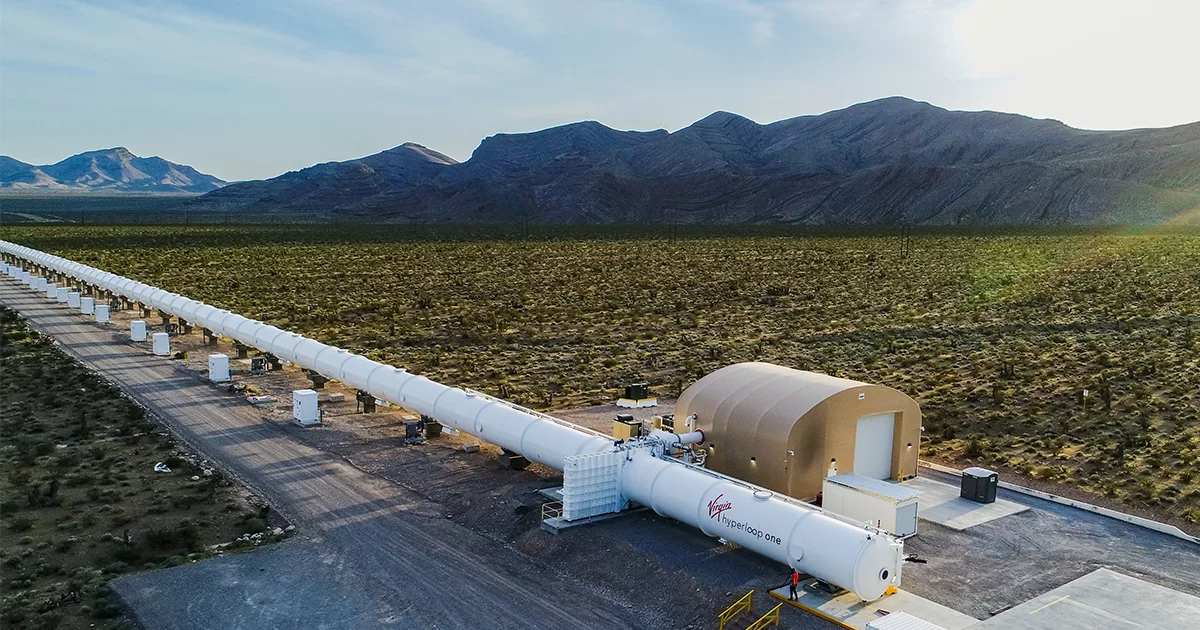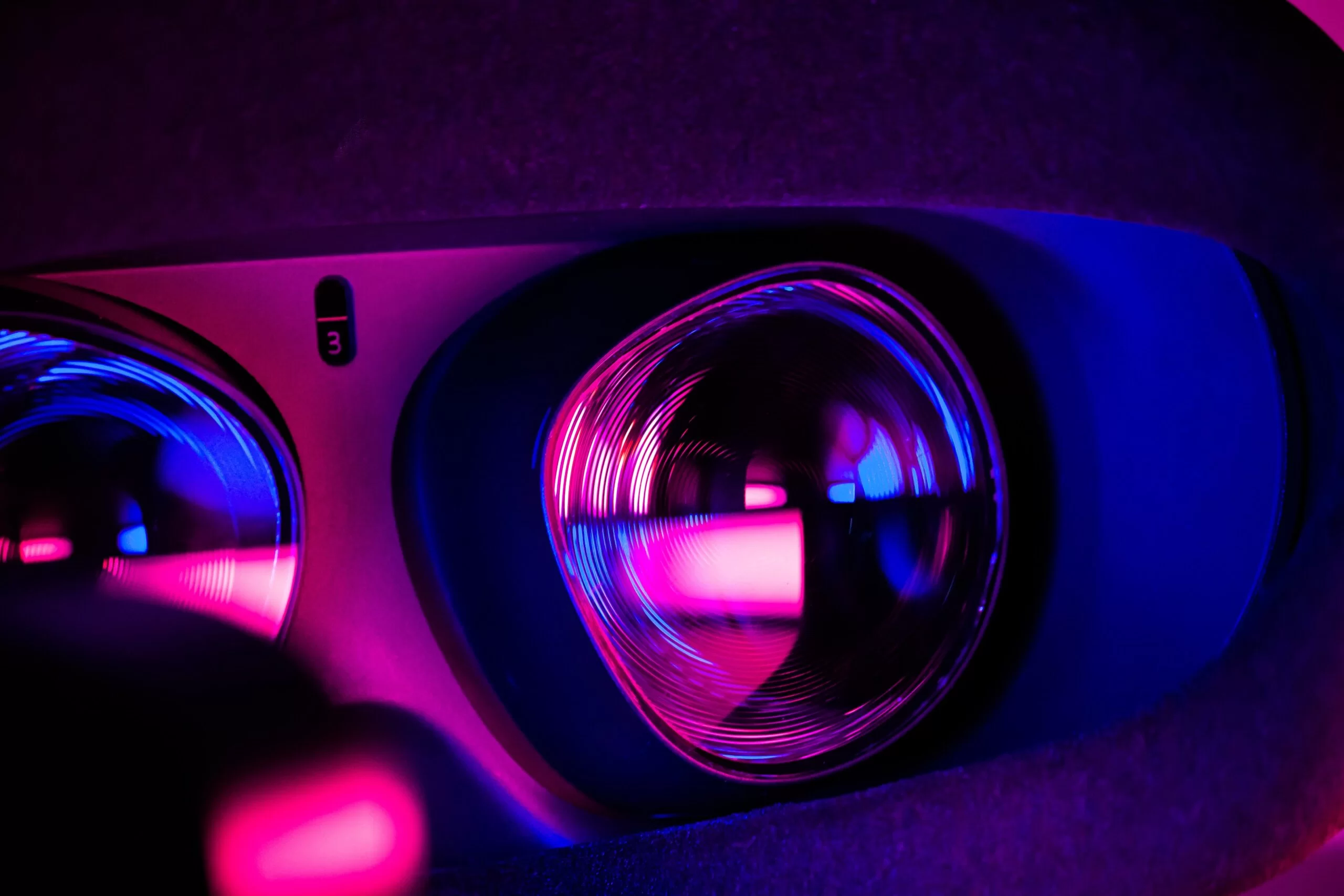Throughout history, the great engineering and technological feats of the world have been dismissed as “good in theory, not in reality”. Thomas Edison was told that. So was Henry Ford, the Wright Brothers, and the architects of the physical theories of the universe.
It is an honor to be in Abu Dhabi speaking with some of the region’s leading thinkers and innovators to continually push the boundaries of what’s possible. The UAE is known globally as a forward-thinking nation which has, time and time again, perceived the potential of new technologies and expanded opportunities for its citizens on the forefront of emerging industries. Last year, the UAE attracted the most start-up funding in the entire Middle East and North Africa region.
In 2014, hyperloop was an idea drawn on a whiteboard in a garage. A little over two years later, Virgin Hyperloop One built a full-scale prototype, fundamentally proving the transportation technology that will define the next century.
Imagine commuting between Abu Dhabi and Riyadh 48 minutes vs. 8.5 hours, Riyadh to Jeddah in 76 minutes vs. 10 hours, or Bahrain to Kuwait in 35 minutes vs more than 5 hours. The potential is enormous for the entire GCC region to lead the world in hyperloop manufacturing, investment, and quality job creation. As the hyperloop network grows, the benefits expand exponentially. This kind of high-speed transit enables more powerful sharing of knowledge, labor and investment throughout the region, provides an uplift in GDP, and positions the region as a manufacturing powerhouse at the forefront of a new hyperloop global supply chain.
Hyperloop transport has the speed and agility to help create an on-demand economy by enabling hyper-efficient supply chains that increase capacity while decreasing congestion and delays. Hyperloop can benefit all stages of the value chain, with the most impact in manufacturing, inventory management, and distribution. Based on a third-party assessment, hyperloop could contribute $10 Billion annually in uplift to a single regional GDP through the supply chain manufacturing ecosystem. This makes sense for Abu Dhabi, which is already a leader in space and aviation technologies, including composites that could support hyperloop manufacturing.
Hyperloop can be a tremendous catalyst to enable all 4th generation technologies. We believe Virgin Hyperloop One systems can create a multi-use, sustainable infrastructure backbone capable of supporting the global competitiveness of mega-regions in the coming 100 years, creating a vibrant society and thriving economy through visionary cities and high-tech clusters. Economists have a name for this kind of clustering of people and firms—agglomeration—and executing the concept enables better matching of supply chain players and leads to more innovative ideas among firms, which in turn generates higher returns. Agglomeration can benefit regional economies through greater specialization and competition. Studies have shown that density increases average labor productivity. Hyperloop can drive that productivity even higher through “virtual density”, as in the kind that doesn’t generate the disadvantages of agglomeration such as traffic, pollution, and vehicle accidents. At the micro level, “virtual density” means people can access opportunities not just in one city, but in two, or three without having to uproot their life or family. A hyperloop can enables 10 times the commute length in the same time.
So how does this technology work? Hyperloop is an entirely new mode and category of transportation that moves freight and people quickly, safely, on-demand and direct from origin to destination. Virgin Hyperloop One is bringing this idea to life and is the only company to have proved the technology at scale.

“DevLoop,” Virgin Hyperloop One’s full scale hyperloop test track in North Las Vegas Nevada
We’re building for fast, effortless journeys that expand possibilities. The top speed for a passenger or cargo vehicle will be 670 mph or 1080 km/hr. That is 2-3 times faster than high-speed rail and magnetic levitation trains, and 10-15 times faster than traditional rail.
With hyperloop, vehicles, called pods, glide using no-contact electromagnetic levitation and are propelled to airline speeds using our proprietary linear electric motor. We’ve created a near-vacuum environment, reducing the air pressure down to the equivalent of 200,000 ft above sea level. The near vacuum lowers drag significantly, allowing for higher speeds to be achieved while using minimal energy. Our system is 100% electric and can draw power from any available energy source along the route. This gives us the potential to create a self-contained micro-grid, powering the system by solar panels that cover the tube. Based on the physics of the system, our noise levels are lower than existing forms of transportation. This will minimize community disruption and expand potential for route placement.
Small pods with 16-28 passengers would provide direct-to-destination journeys at high frequency: over 12,000 passengers per hour each way. Our system can dynamically re-size the available fleet of pods to match demand.
In May 2017, we proved to the world this technology is a reality. We made history two minutes after midnight when we successful ran a test on our full-scale “DevLoop” system, a 500-meter test track in the Nevada desert, about 30 miles outside downtown Las Vegas. It was the first functioning hyperloop system in the world, completed with power electronics, an autonomous pod, motor control and braking systems, levitation track, and guidance systems – and more than 1,100 tons of steel and concrete. The vacuum pumps reduced the air in the tube to 100 pascals, 1/1000th atmospheric pressure. Virgin Hyperloop One achieved a historic test speed record of nearly 387 km/hr (240 mph, 107 m/s) during our third phase of testing at DevLoop. We’ve since run hundreds of tests, reaching a level of technical maturity that is the result of rapid iteration and real-world testing. Now, we are prepared to launch our first commercial systems and are working with governments around the world to pursue this innovation opportunity.
“DevLoop,” Virgin Hyperloop One’s full scale hyperloop test track in North Las Vegas Nevada

Full-systems test underway at Virgin Hyperloop One’s ‘DevLoop’ test site
When Hyperloop eventually becomes available as a totally new mode of transport, it will have an impact far greater than just going from A to B exceptionally quickly and efficiently. It will also unlock enormous economic, social, and human potential, by fundamentally altering the barriers of distance and time. And when it does, the “good in theory” will finally become a reality.





